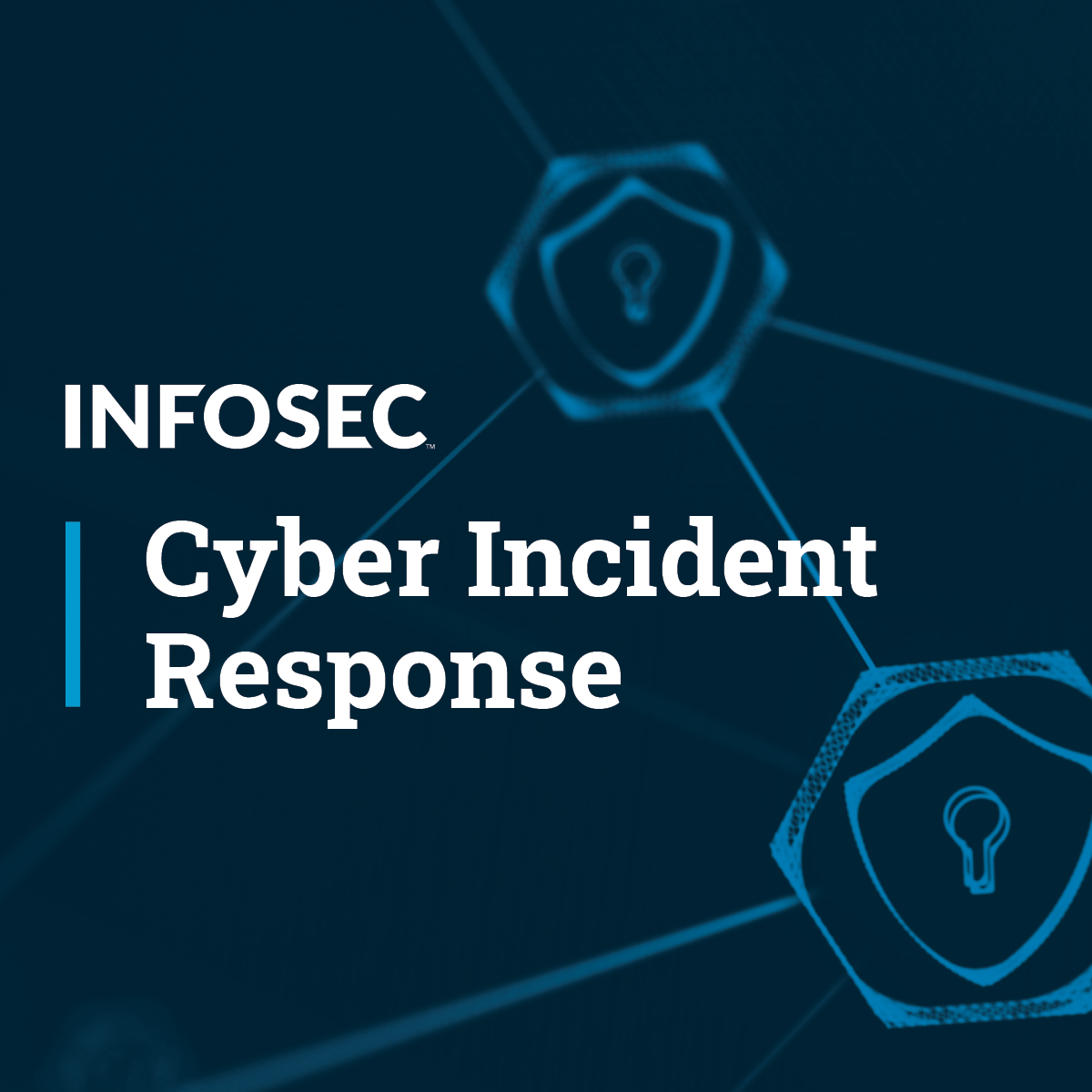Back to Courses









Computer Science Courses - Page 166
Showing results 1651-1660 of 2309

JavaScript Strings: Properties and Methods
In this beginning-level course you will learn and practice new string-handling skills using Notepad++ to write JavaScript code and the Chrome browser to view your results. Since text data is commonly used as a “string” in JavaScript, the ability to use and manipulate strings is a key component in JavaScript programming. You will learn some of the properties and methods that make string handling easier.
Note: This course works best for learners who are based in the North America region. We’re currently working on providing the same experience in other regions.

Natural Creativity
Natural Creativity is about understanding and harnessing human creativity. In this course, you will investigate the latest theories of human creativity, its history and evolution, and how AI research is helping us understand it more fully. You will gain a deeper awareness of your creative processes and inspirations through these diverse perspectives. As you advance through the course, you will add to your creative toolkit by exploring different methods for design research and applying them to various business scenarios and frameworks. Then, in the course project, you will practice using the techniques and theories you learned to gain deep insights into how people are creative in your local context.

Introduction to Basic Game Development using Scratch
By the end of this project, you will create a basic game using an introductory, web-based coding program called Scratch. Learning to code will allow you to build basic coding or computer science skills and a fundamental understanding in order to grow your programming abilities. Learners will engage in the design process in order to develop an understanding of how to develop algorithms that control programs, use event-driven programming, and debug a program.
Note: This course works best for learners who are based in the North America region. We’re currently working on providing the same experience in other regions.

Cyber Incident Response
The Cyber Incident Response course will give students an understanding of how incidents are responded to at a high level, as well as allow them to build important technical skills through the hands-on labs and projects.
This course starts with a high-level discussion of what happens at each phase of responding to an incident, followed by a technical deep dive into some of the more exciting parts of memory, network, and host analysis and forensics. This course is for anyone wishing to apply learned forensics and offensive knowledge such as ethical hacking to the incident response process.

Using JavaScript, JQuery, and JSON in Django
In this final course, we'll look at the JavaScript language and how it supports the Object-Oriented pattern, with a focus on the unique aspects of JavaScript's approach to OO. We'll provide an introduction to the jQuery library, which is widely used for in-browser manipulation of the Document Object Model (DOM) and event handling. You'll also learn about JavaScript Object Notation (JSON), which is commonly used as a syntax to exchange data between code running on the server (i.e., in Django) and code running in the browser (JavaScript/jQuery). You will continue to develop your classified ads application, adding features that make use of JavaScript, JQuery, and JSON. This course assumes you have completed the first three courses in the specialization.

Natural Language Processing and Capstone Assignment
Welcome to Natural Language Processing and Capstone Assignment. In this course we will begin with an Recognize how technical and business techniques can be used to deliver business insight, competitive intelligence, and consumer sentiment. The course concludes with a capstone assignment in which you will apply a wide range of what has been covered in this specialization.

Game Design Document: Define the Art & Concepts
The Capstone project is a place for you to develop your game idea into a fully-fleshed proposal. A game design document is your game bible, the go-to document that defines the genre of your game, its look and feel, and the evolution of gameplay. This four-part capstone project guides you to distill and improve the foundational aspects of your game so that you may express your ideas in a clear and productive way.
Note: Only learners who have earned a certificate in the four previous courses in the Specialization are eligible to take the Capstone.

Visual Perception for Self-Driving Cars
Welcome to Visual Perception for Self-Driving Cars, the third course in University of Toronto’s Self-Driving Cars Specialization.
This course will introduce you to the main perception tasks in autonomous driving, static and dynamic object detection, and will survey common computer vision methods for robotic perception. By the end of this course, you will be able to work with the pinhole camera model, perform intrinsic and extrinsic camera calibration, detect, describe and match image features and design your own convolutional neural networks. You'll apply these methods to visual odometry, object detection and tracking, and semantic segmentation for drivable surface estimation. These techniques represent the main building blocks of the perception system for self-driving cars.
For the final project in this course, you will develop algorithms that identify bounding boxes for objects in the scene, and define the boundaries of the drivable surface. You'll work with synthetic and real image data, and evaluate your performance on a realistic dataset.
This is an advanced course, intended for learners with a background in computer vision and deep learning. To succeed in this course, you should have programming experience in Python 3.0, and familiarity with Linear Algebra (matrices, vectors, matrix multiplication, rank, Eigenvalues and vectors and inverses).

UI Automation and Selectors
The UI Automation and Selectors course provides a deep understanding of the different methods used while interacting with the User Interface of different applications like Excel, Word, CRM, Websites while building automation projects.
It introduces the Recording feature and the different recordings available in Studio to record user actions and generate workflows. It will also provide knowledge about Selectors and how they are beneficial while building automation projects.
The course has multiple practice exercises that will help strengthen your knowledge and understand the creation of workflows in Studio.

Create Model-driven Power App for Rental Company
For new employees in a company that works with customers, for example a rental company, there’s often a lot of confusion in the beginning regarding the business process when attending to the customers. There are usually many mistakes involved and steps skipped, which can lead to even more confusion and unsatisfied customers. That’s why we will create a Power Apps Model-driven application which will make the rental process strictly defined and everyone will have to do identical steps to finish the process. We will have our data safely and correctly stored inside Microsoft Dataverse and training new colleagues will be reduced to minimum.
In this 90-minutes long guided project, “Create Model-driven Power App for Rental Company”, you will create custom tables inside Microsoft Dataverse and a Power Apps Model-driven application, which will strictly define handling the car rental process, from the moment when a car rental request gets approved, to the very last step of the process, when the customer returns the car and the car becomes available for rent again.
Since this project uses Microsoft Power Apps (part of the Microsoft Power Platform), you will need access to a Microsoft account and a Microsoft 365 Developer Program subscription account. In the video at the beginning of the project you will be given instructions on how to sign up for both.
If you are ready to strictly define business processes and make them unified for everyone with a Power Apps model-driven app, then this project is for you! Let's get started!
